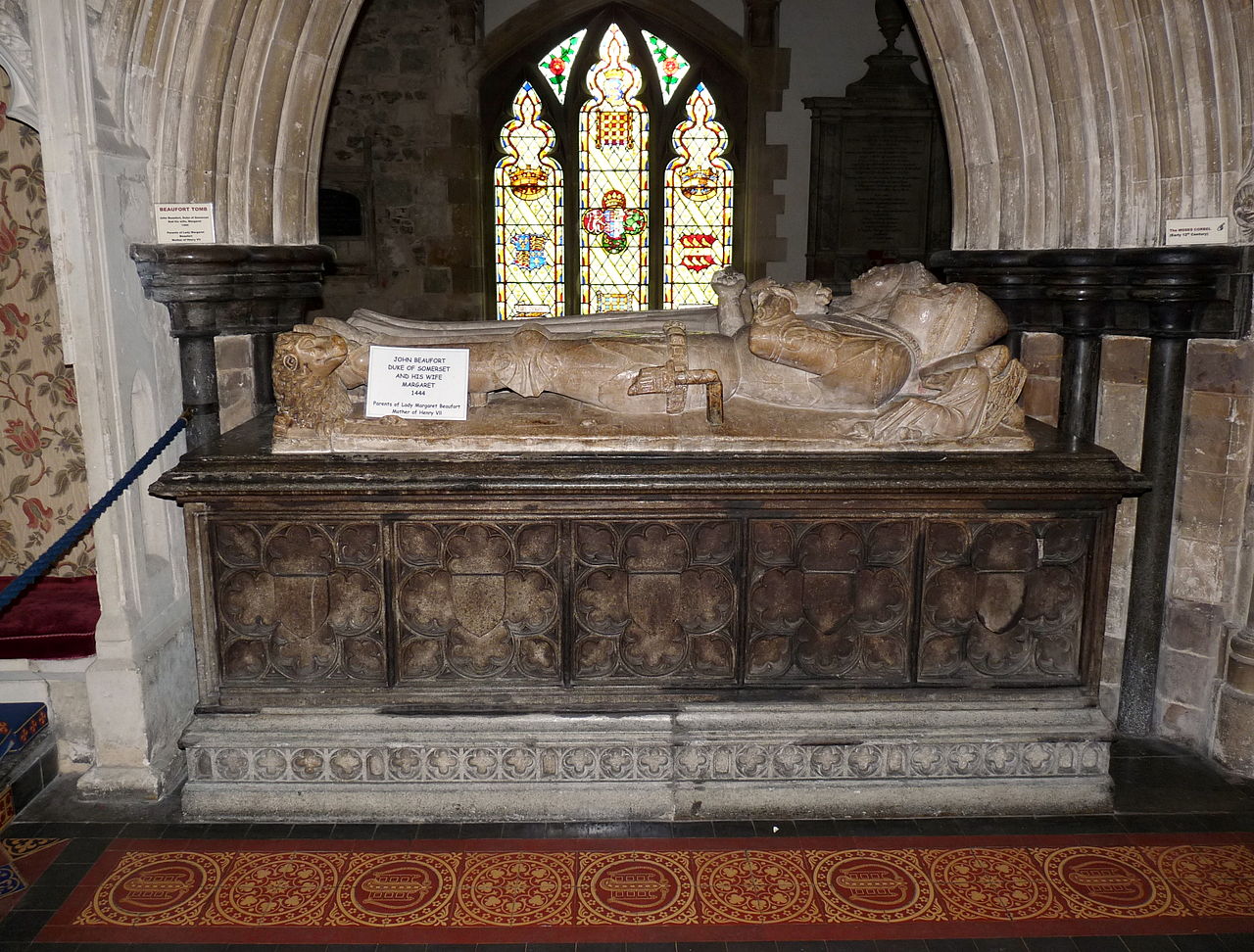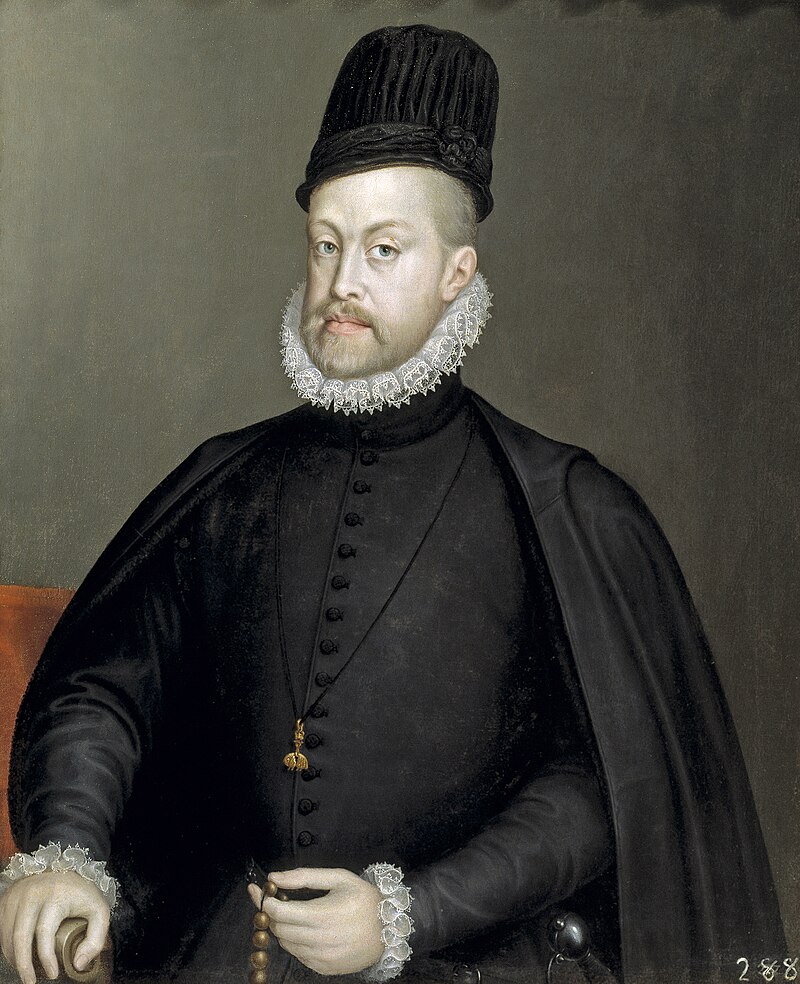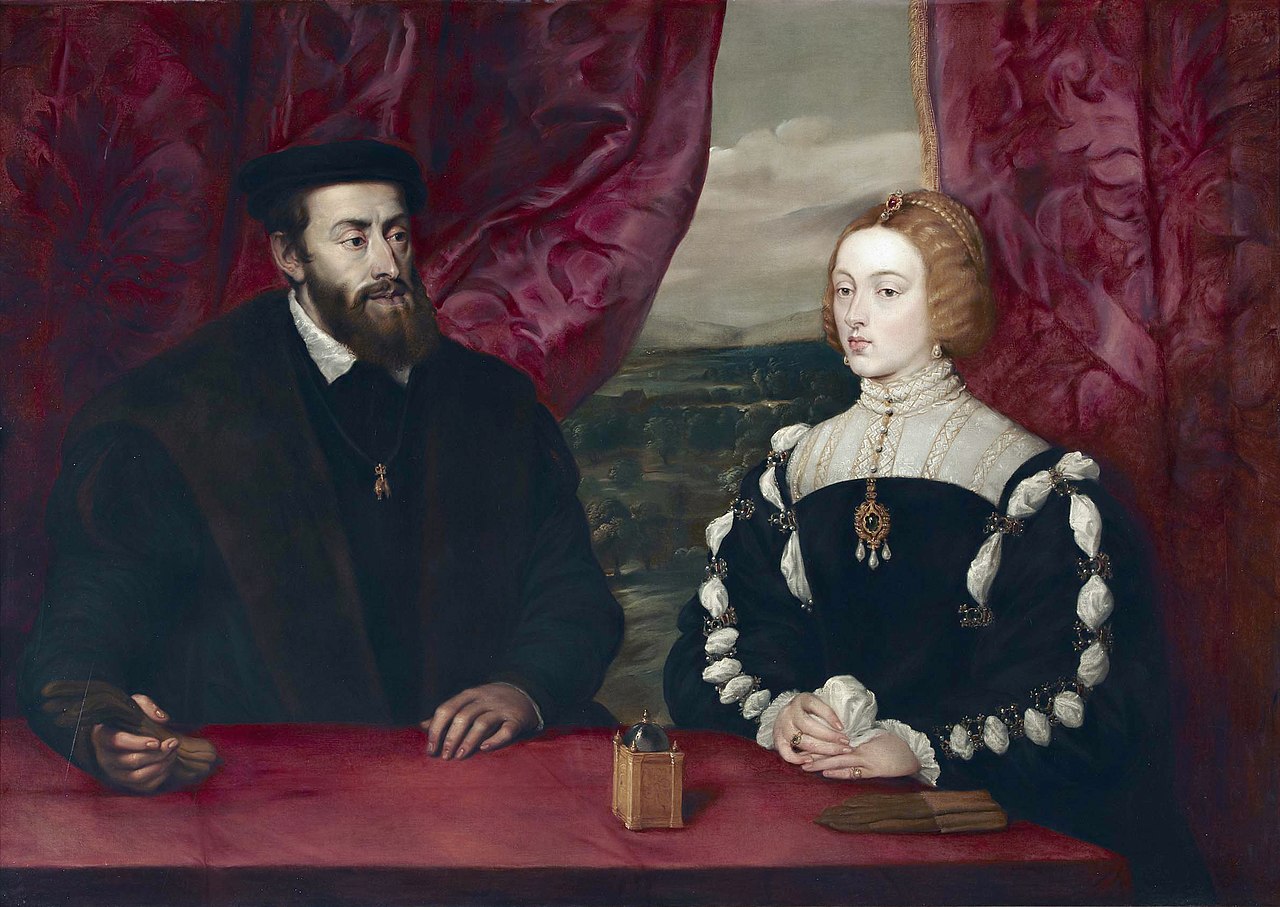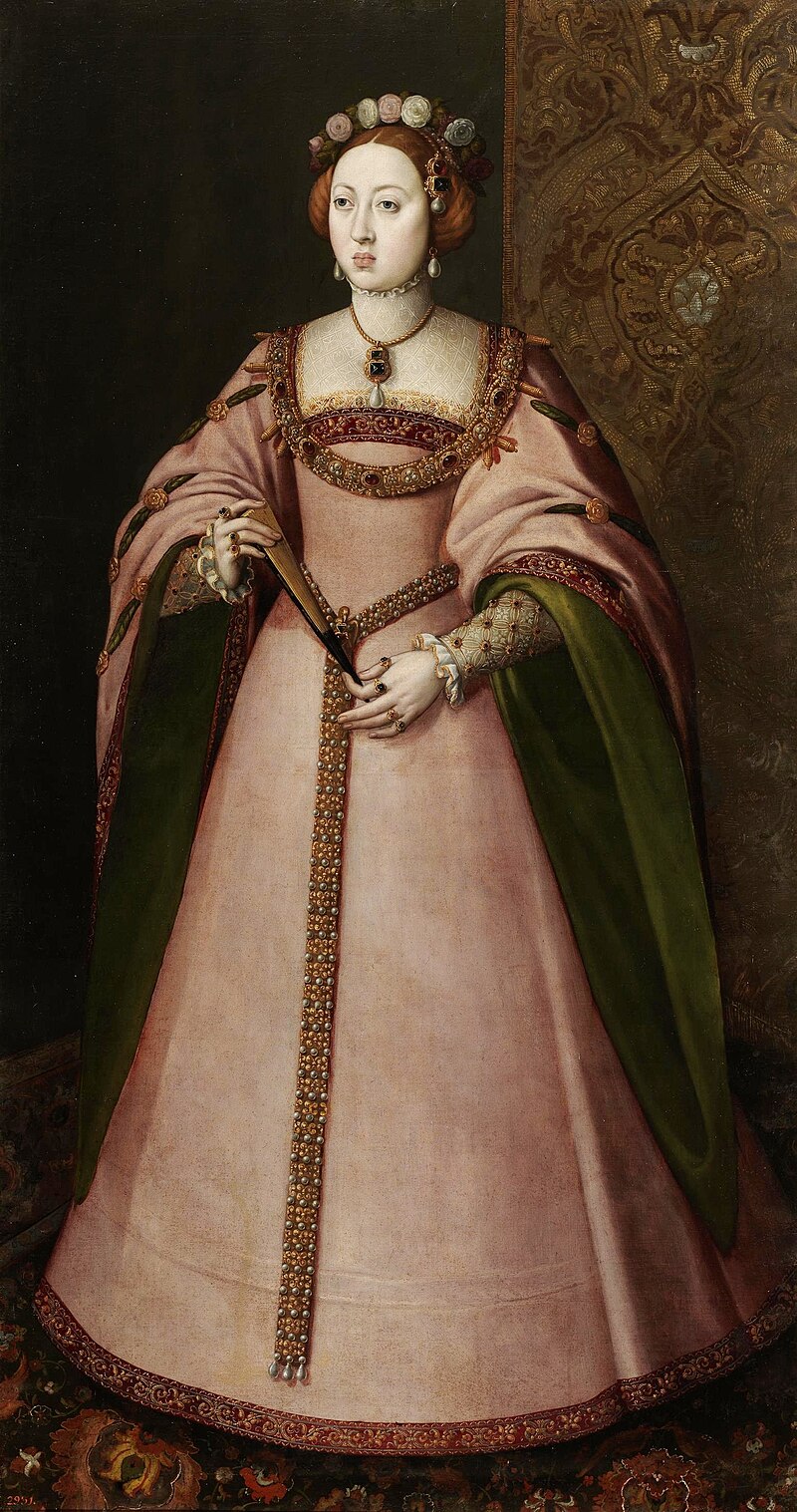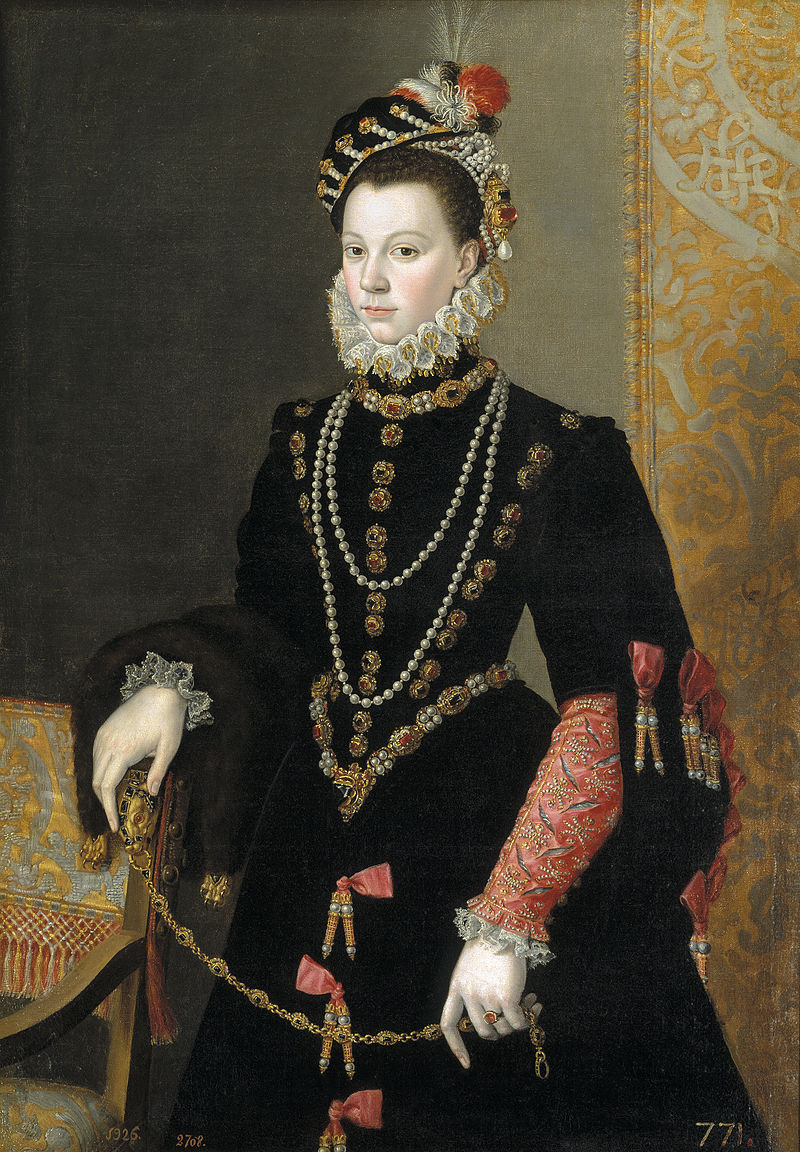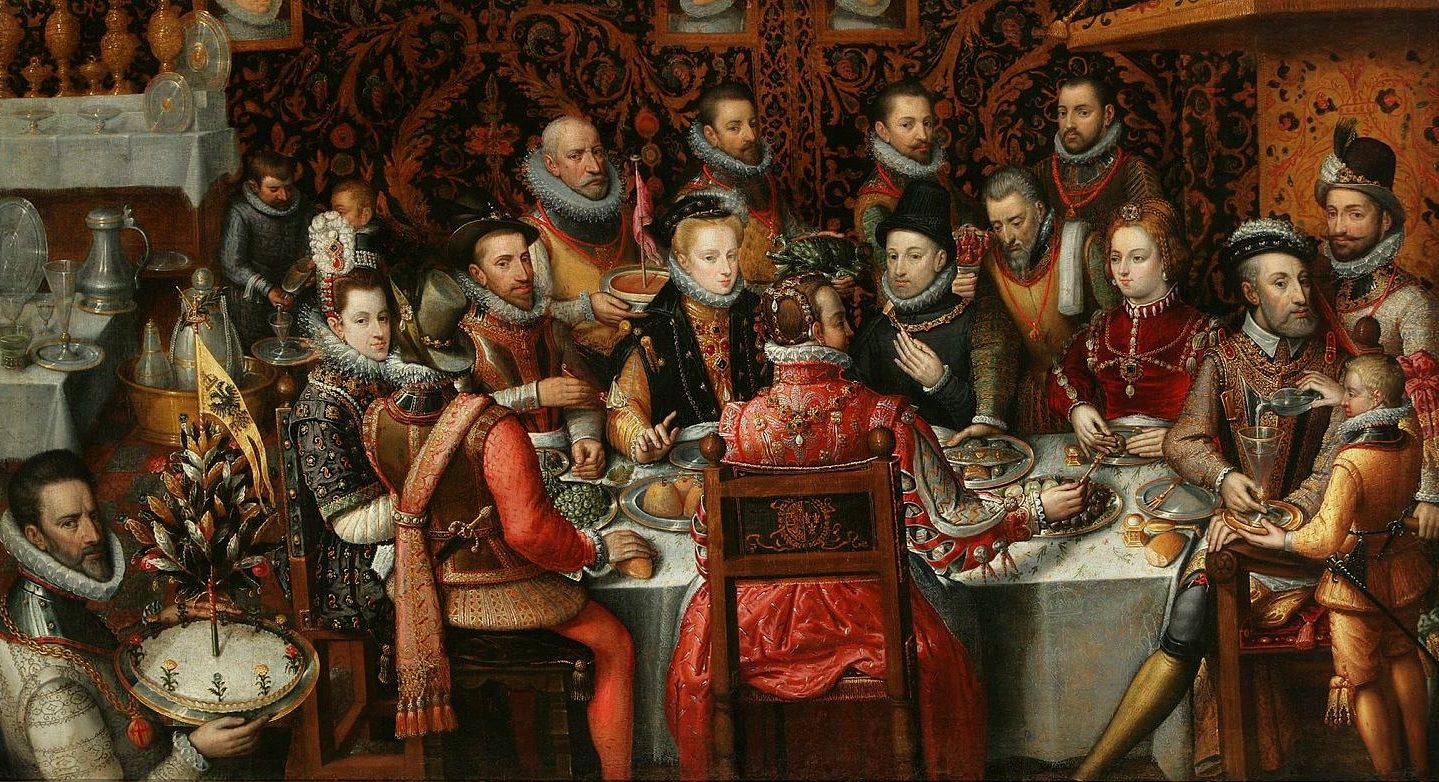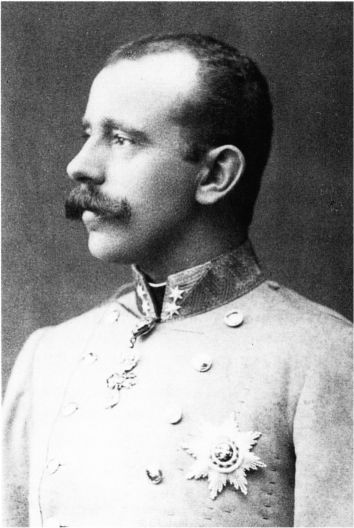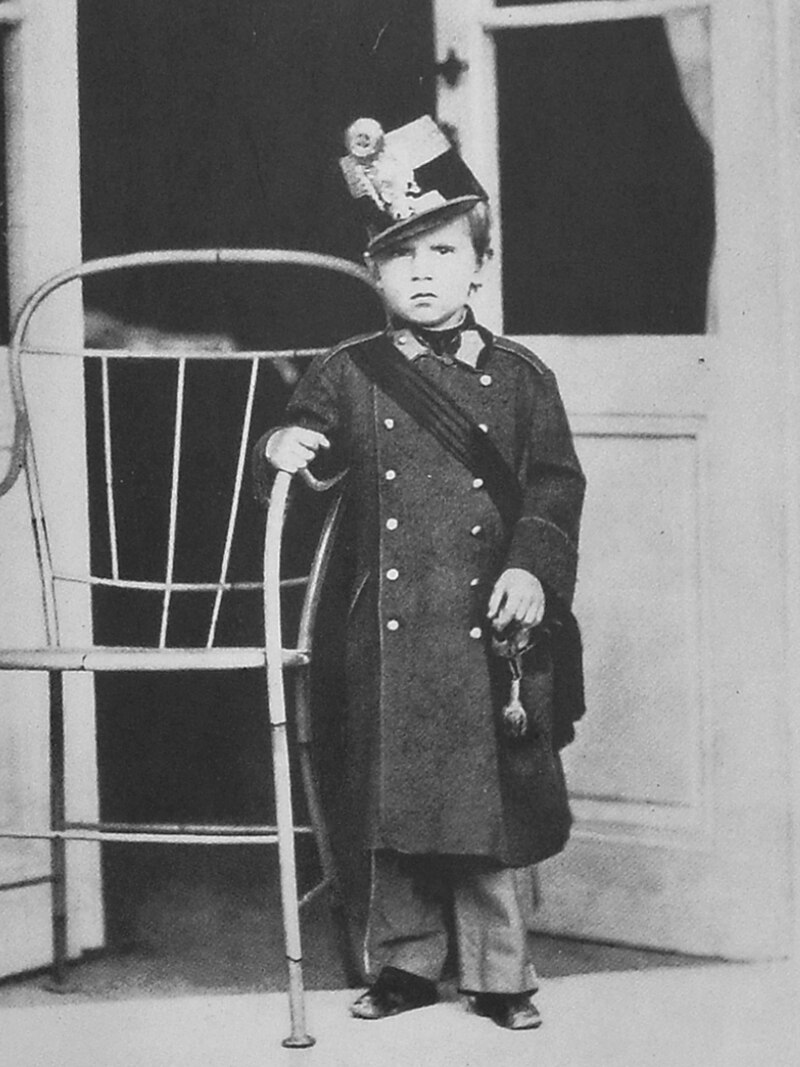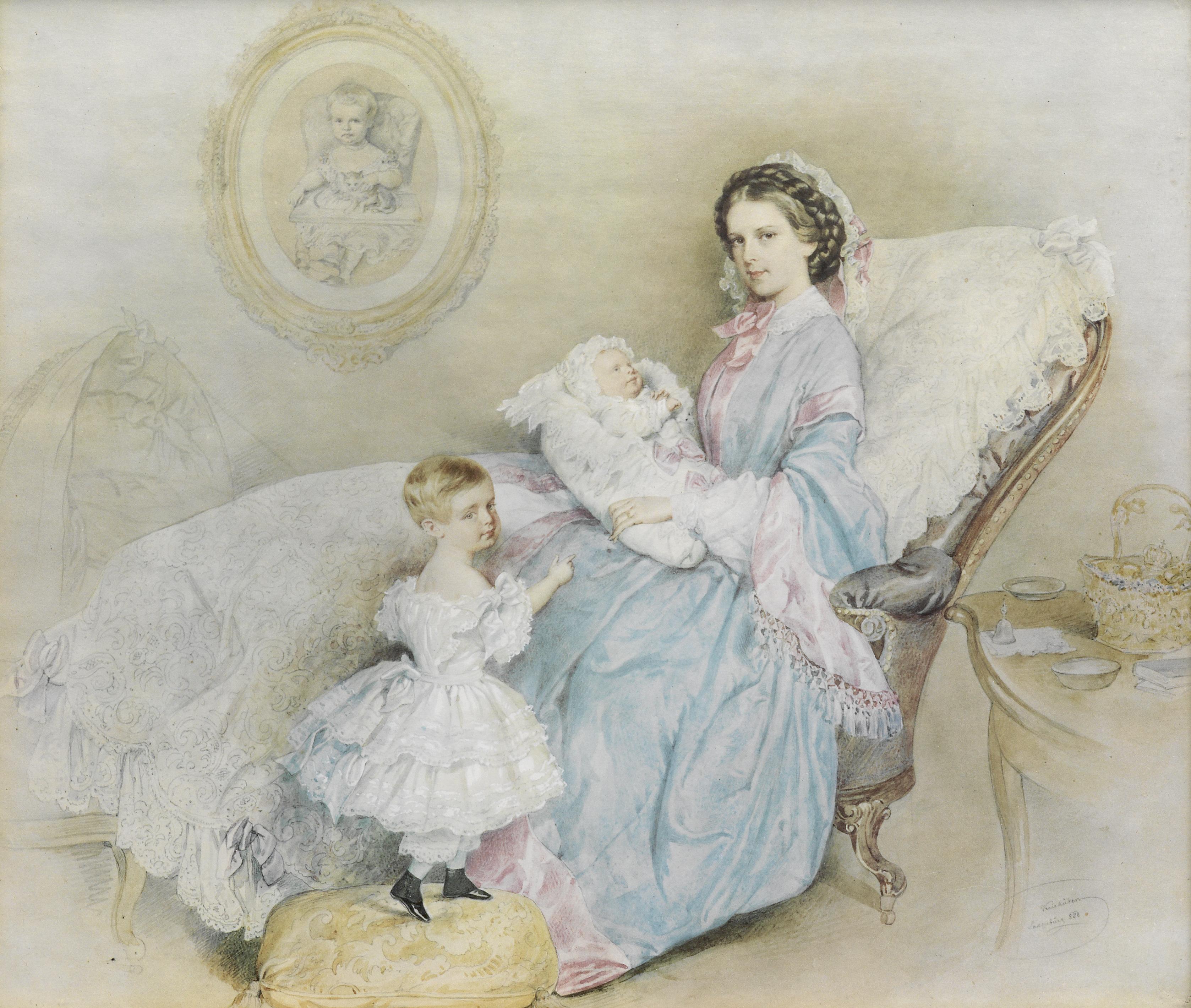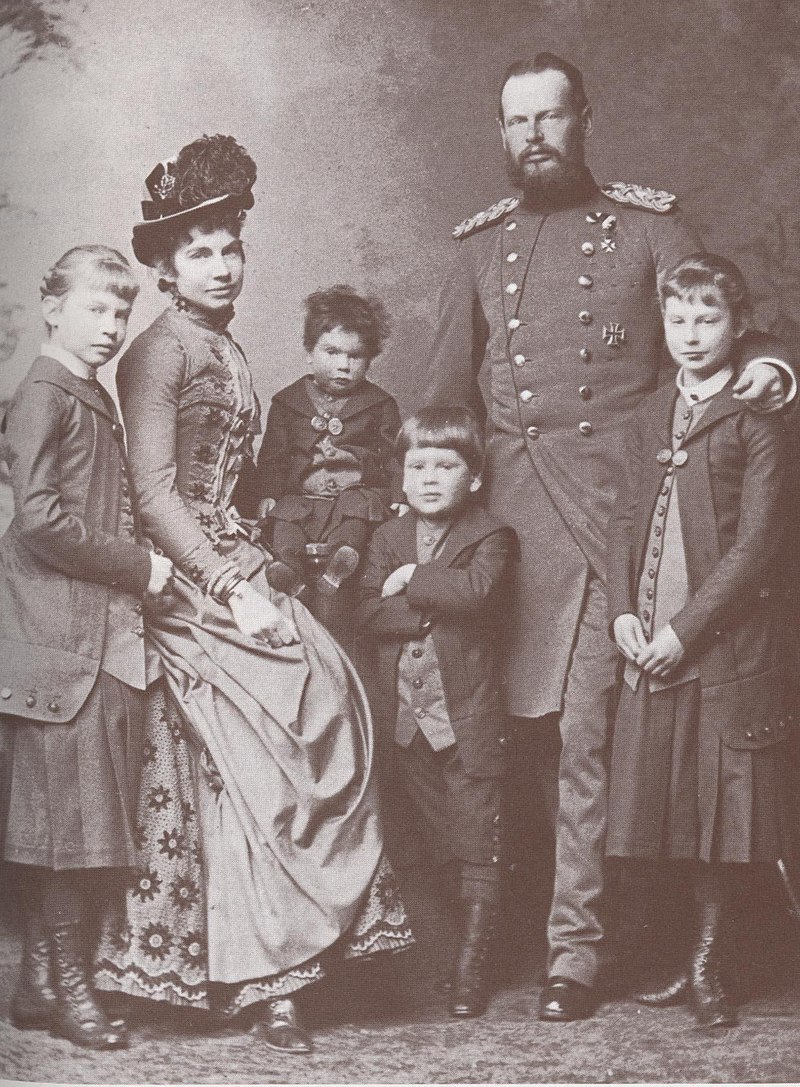by Susan Flantzer © Unofficial Royalty 2019

Frederica Charlotte of Prussia, Duchess of York; Credit – Wikipedia
Princess Frederica Charlotte of Prussia was the wife of Prince Frederick, Duke of York, the second son of King George III of the United Kingdom. Given the German names Friederike Charlotte Ulrike Katharina, she was born on May 7, 1767, at Charlottenburg Palace in Berlin, Kingdom of Prussia, now in Brandenburg, Germany, the only child of the future King Friedrich Wilhelm II of Prussia, eldest son of Prince August Wilhelm of Prussia (the second son of King Friedrich Wilhelm I of Prussia), and his first wife and first cousin, Elisabeth Christine of Brunswick-Lüneburg.
Frederica had no siblings but had seven half-siblings from her father’s second marriage to Friederike Luise of Hesse-Darmstadt:
- Friedrich Wilhelm III, King of Prussia (1770–1840), married (1) Luise of Mecklenburg-Strelitz, had nine children including King Friedrich Wilhelm IV of Prussia, Wilhelm I, German Emperor and Charlotte who married Nicholas I, Emperor of All Russia (2) morganatic marriage to Countess Auguste von Harrach, Princess of Liegnitz, no children
- Princess Christine of Prussia (1772–73), died in infancy
- Prince Ludwig Karl of Prussia (1773–96), married Frederica of Mecklenburg-Strelitz, had three children
- Princess Wilhelmine of Prussia (1774–1837), married King Willem I of the Netherlands, had four children including King Willem II of the Netherlands
- Princess Augusta of Prussia (1780–1841), married Prince Wilhelm of Hesse-Kassel, had six children
- Prince Heinrich of Prussia (1781–1846), unmarried
- Prince Wilhelm of Prussia (1783–1851), married Marie Anna of Hesse-Homburg, had seven children including Marie of Prussia who married King Maximilian II of Bavaria

The family of King Friedrich Wilhelm II of Prussia, circa 1777 – seated: the future King Friedrich Wilhelm II of Prussia and his second wife Frederika Louisa of Hesse-Darmstadt holding Princess Wilhelmina; standing, left to right: Prince Friedrich Wilhelm, Prince Ludwig Karl, and Princess Frederica Charlotte; Credit – Wikipedia
At the time of her birth, Frederica’s great uncle (the uncle of both her parents) Friedrich II, better known as Frederick the Great, was King of Prussia. Friedrich II had no children, so the heir presumptive to the Prussian throne was Frederica’s father as the eldest son of Friedrich II’s next brother Prince August Wilhelm who was deceased.

Frederica’s mother Elisabeth Christine of Brunswick-Lüneburg, Crown Princess of Prussia; Credit – Wikipedia
Frederica’s mother Elisabeth Christine of Brunswick-Wolfenbüttel was the daughter of Karl I, Duke of Brunswick-Lüneburg and Philippine Charlotte of Prussia, sister of King Friedrich II of Prussia. Friedrich II had arranged the marriage of his niece Elisabeth Christine and nephew Friedrich Wilhelm hoping they would produce heirs for the Prussian throne. However, the marriage was unsuccessful. Friedrich Wilhelm neglected his wife and had constant affairs with dancers and actresses. When Frederica was born, a girl instead of a male heir, the marriage further deteriorated. Hurt by her husband’s behavior, Elisabeth Christine began to have affairs with army officers and musicians.
In January 1769, Elisabeth Christine discovered she was pregnant with the child of her lover, a musician named Pietro, and the couple planned to escape to Italy. However, at a masked ball, Friedrich Wilhelm was informed by a masked, anonymous person that his wife was pregnant. Angered by his wife’s pregnancy, Friedrich Wilhelm asked his uncle for a divorce. King Friedrich II initially refused to allow the couple to divorce but then relented. The musician Pietro was arrested and beheaded. Elisabeth Christine was placed under house arrest as a prisoner of the state in the Ducal Castle of Stettin. She never saw her daughter Frederica again. Elisabeth Christine died on February 18, 1840, at the age of 93, after spending 71 years under house arrest.
Frederica was less than two years old when her mother was banished. During her childhood, Frederica was raised with her half-siblings and she was cared for by her paternal grandmother Luise Amalie of Brunswick-Wolfenbüttel and her stepmother Friederike of Hesse-Darmstadt, her father’s second wife. She also maintained a close relationship with Friedrich II’s childless wife Queen Elisabeth Christine, Frederica’s paternal great-aunt, the sister of her paternal grandmother.

Frederica’s father, King Friedrich Wilhelm II of Prussia; Credit – Wikipedia
Upon the death of Friedrich II (Frederik the Great) in 1786, Frederica’s father succeeded to the Prussian throne as King Friedrich Wilhelm II. Frederica was nineteen years old, a marriageable age, but had no offers. Five years earlier, Prince Frederick, Duke of York, the second son of King George III of the United Kingdom, had visited the Prussian count and met Frederica. In 1791, Frederick returned to the Prussian court hoping to enlist in the Prussian army in a war against Austria which ultimately never happened. He stayed at the Prussian court for a while and developed feelings for Frederica. Frederick proposed and Frederica accepted, and her father was glad that his 24-year-old daughter would finally be married.

Wedding of Princess Frederica Charlotte of Prussia and Prince Frederick, Duke of York; Credit – Wikipedia
On September 29, 1791, at Charlottenburg Palace in Berlin, Kingdom of Prussia, Frederica married Prince Frederick, Duke of York. When the new Duchess of York arrived in London, England, she received an enthusiastic welcome. A second marriage was held on November 23, 1791, at the Queen’s House (now Buckingham Palace) because the Archbishop of Canterbury was not authorized to grant a license for a ceremony held in Prussia.
The marriage was unsuccessful. Frederick was unfaithful and the couple was unable to have children. In 1794, the couple separated and Frederica lived out her life at Oatlands Park in Weybridge, Surrey, England. Frederick and Frederica remained on good terms and the couple never caused any scandal. Frederica did not like London and did not get involved in politics or any royal family issues, instead, she spent her time in Weybridge doing charity work to help the needy and working on musical projects. Frederick visited her regularly but there was never any attempt at reconciliation.
Frederica had been suffering from tuberculosis for some time and died on 6 August 6, 1820, at the age of 53 at Oatlands Park. Frederick was present at her death and shortly before she died, Frederica begged him to allow her to be buried in Weybridge instead of St. George’s Chapel at Windsor Castle. On August 13, 1820, Frederica, Duchess of York was buried in the chancel of St. Nicholas at Weybridge, also known as Weybridge Old Church, in a simple vault at her request. Today the vault stands close to the tower of St. James’ Church which replaced the old church in 1848.
The people of Weybridge so admired Frederica’s charitable works that funds were raised through a voluntary contribution for the York Column, a monument to be erected in Weybridge in her memory. The inscription on the monument reads:
“This column was erected by the inhabitants of Weybridge and its vicinity on the 6th day of August 1822 by voluntary contribution. In token of their sincere esteem and regard for her late Royal Highness the most excellent and illustrious Frederica Charlotte Ulrica Catherina, Duchess of York who resided for upwards of thirty years at Oatlands in this parish, exercising every Christian virtue and died, universally regretted, on the 6th day of August 1820.”

York Column erected in memory of Frederica, Duchess of York; Credit – https://www.allaboutweybridge.co.uk/shops-services/york-column-monument-green-history-weybridge
This article is the intellectual property of Unofficial Royalty and is NOT TO BE COPIED, EDITED, OR POSTED IN ANY FORM ON ANOTHER WEBSITE under any circumstances. It is permissible to use a link that directs to Unofficial Royalty.
Works Cited
- En.wikipedia.org. (2018). Elisabeth Christine of Brunswick-Wolfenbüttel, Crown Princess of Prussia. [online] Available at: https://en.wikipedia.org/wiki/Elisabeth_Christine_of_Brunswick-Wolfenb%C3%BCttel,_Crown_Princess_of_Prussia [Accessed 10 Sep. 2018].
- En.wikipedia.org. (2018). Princess Frederica Charlotte of Prussia. [online] Available at: https://en.wikipedia.org/wiki/Princess_Frederica_Charlotte_of_Prussia [Accessed 10 Sep. 2018].
- Flantzer, S. (2016). Prince Frederick, Duke of York. [online] Unofficial Royalty. Available at: https://www.unofficialroyalty.com/prince-frederick-duke-of-york/ [Accessed 10 Sep. 2018].
- Fraser, Flora. Princesses: The Six Daughters of George III. (2004). New York: Alfred A. Knopf.
- Van Der Kiste, John (2013). George III’s Children. New York: The History Press.
- Van Der Kiste, John. (2000). The Georgian Princesses. Phoenix Mill: Sutton Publishing.



